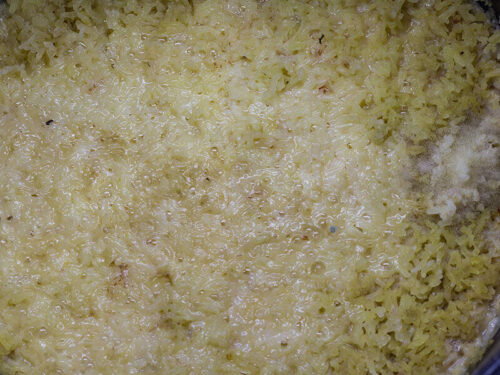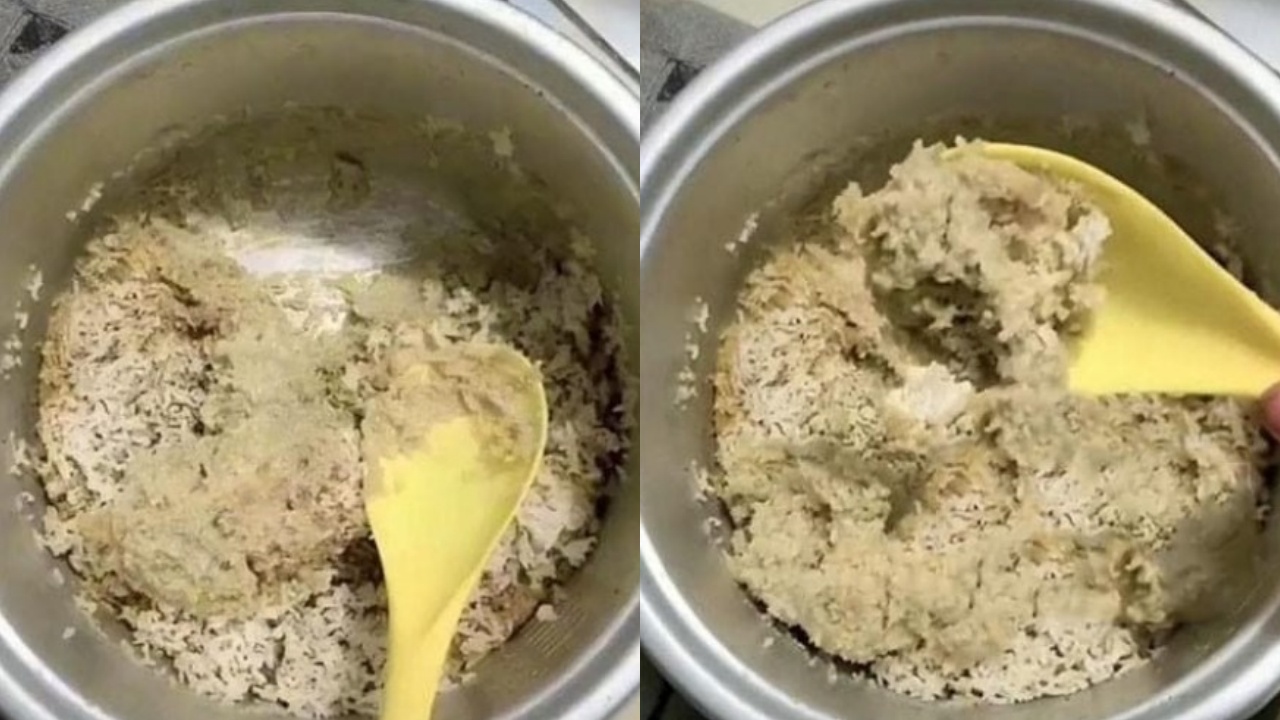Rice, a humble grain that sustains a significant portion of the world’s population, goes beyond being just a staple food. In many cultures, rice is deeply intertwined with rich Symbolism and Rituals, spiritual rituals, traditional celebrations, and even ancestral worship.
Join us on a fascinating journey to explore the various dimensions of rice and cultural significance and the rituals that have evolved around it.
Rice in Spiritual and Religious Rituals
Rice is not just a symbol; it plays a crucial role worldwide in many spiritual and religious ceremonies. From Buddhist offerings to Hindu religious rites, rice takes on a sacred significance.
In Buddhism, rice is used as an offering on altars and shrines. Devotees use rice to create intricate mandalas, a form of spiritual art, during rituals. This practice signifies impermanence, as the intricate designs are destroyed after completion, reminding us of the transient nature of life.
In Hinduism, rice is a central element in religious rituals. From birth ceremonies to funeral rites, rice is an essential component. The offering of rice, often accompanied by ghee and other items, symbolizes the offering of the self to the divine.
However, in many cultures, it is believed that if you leave rice outside and it quickly spoils and becomes watery, it is a bad omen for your family, so we advise you to move house immediately.

In China, for instance, offering rice and other food to deceased ancestors during the Qingming Festival is common. This act symbolizes the respect and care that the living show to their ancestors, who are believed to watch over them.
In Bali, Indonesia, rice is used in elaborate offerings called “canang sari” that are placed at temples and other sacred sites. These offerings, which typically include rice, flowers, and incense, are made daily to show gratitude and seek protection from the spirits.

